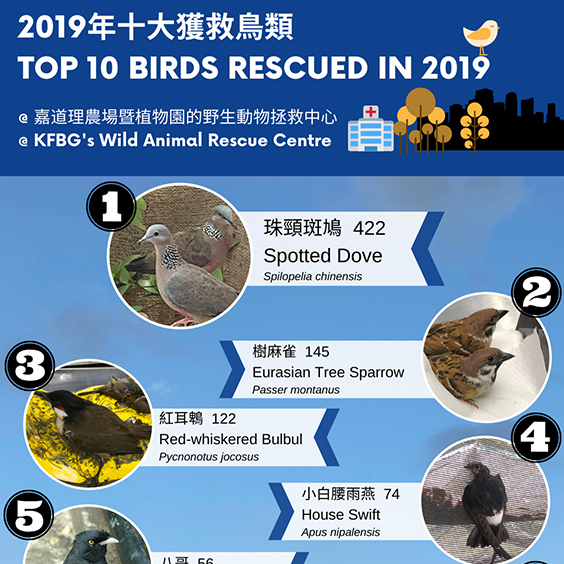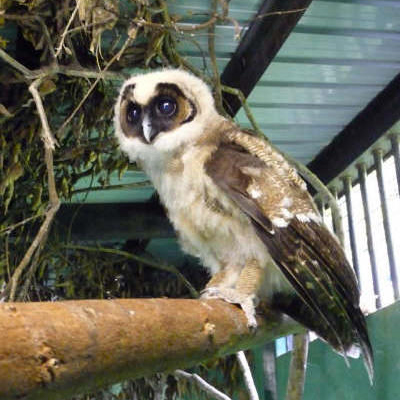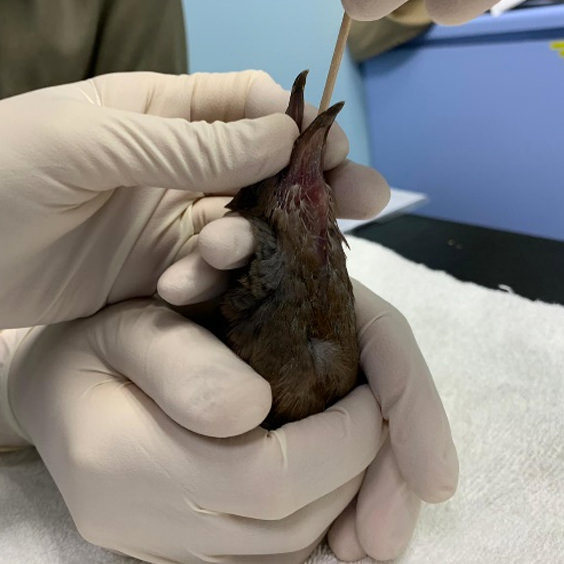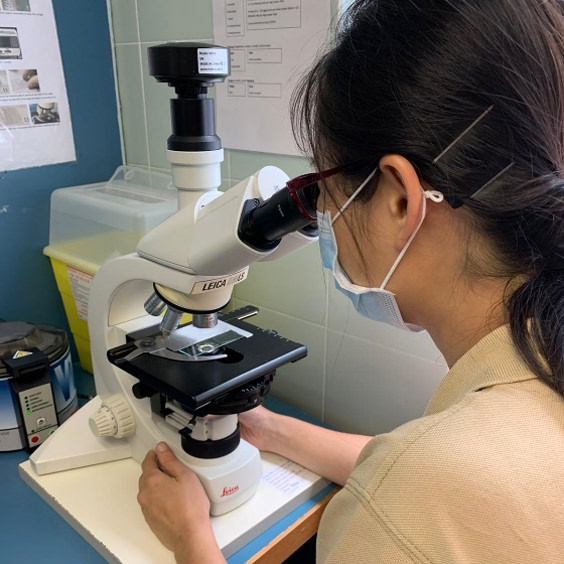
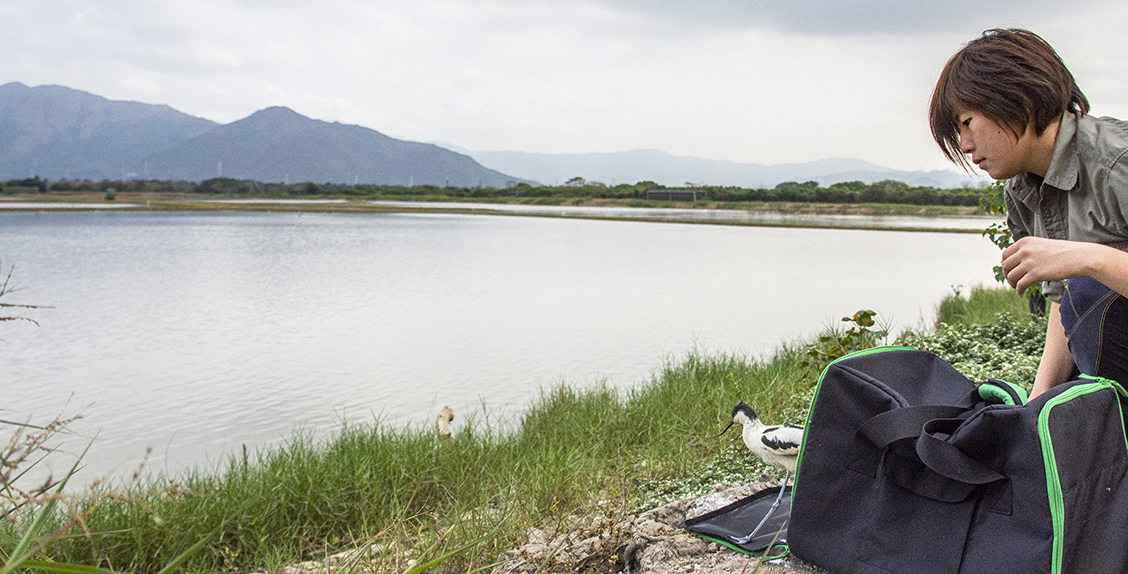
The number of birds admitted annually to the Wild Animal Rescue Centre (WARC) has dramatically increased in recent years. Prior to 2011 we received an average of 100 birds annually, taking 10 years to receive our 1000th bird case. But in 2024 alone, we rescued 2,022 wild birds with the help of our key partners, the SPCA and AFCD, who attend to public call outs involving injured animals.
Our avian patients receive a comprehensive health check upon arrival, which helps to decide the course of medical treatments to follow and the appropriate pre-release care required. Each bird is cared for by our veterinarians and rescue team. Staff work tirelessly throughout the year to provide the best care for all rescued animals, maximising their chances of survival and successful release back into the wild.
Here are the top 6 anthropogenic (human-related) reasons why birds are admitted to the Rescue Centre:
- Glue traps
Sticky glue traps are one of the cruelest and most indiscriminate methods of rodent control, causing prolonged suffering to all wild animals that get trapped by them. Tree sparrows, red-whiskered bulbuls and magpie robins are examples of commonly glue-trapped birds. Read more in this blog post:
❯ Glue Traps are cruel and indiscriminate, Stop using these traps and help to Save Wildlife! - Entanglement in or ingestion of anthropogenic debris
Marine debris such as fishing lines and plastic packing straps can become tangled around birds' feet or wings, restricting their mobility and leading to starvation or drowning. Marine debris can also be ingested: birds will swallow fishing hooks with bait attached, or they may mistake plastic bags for prey species. - Physical collision
Many local and migratory birds are injured by flying into buildings or glass structures. The reflective surface and the transparency of windows makes it difficult for birds to detect them when flying at high speeds. Here are some actions you can take to mitigate this problem:
❯ Window Strikes by Birds and What You Can Do to Prevent Them - Road injuries
Road traffic accidents also contribute to our caseload. Raptors chasing prey on busy roads may not react quickly enough to moving vehicles, ending up as victims themselves. - Cat attacks
We have seen many birds, particularly spotted doves, with injuries suggestive of cat attacks. Cats are natural-born predators and even pet cats will instinctively attack smaller animals such as birds, rodents and lizards. Both owned and non-owned cats are widely recognised around the world as a threat to wildlife (Legge et al, 2020). You are responsible for the actions of your pets: please keep your cat indoors! - Young birds that are following parents to learn flying and foraging skills
Some young birds are mistaken as "birds in need". Please follow this flowchart to decide what action to take when you spot a young bird on the ground:
❯ What to do if you find a baby bird?
This is also a reminder that all wild birds including their nests and eggs are protected by the Wild Animal Protection Ordinance (Cap 170) in Hong Kong. Any person who takes, removes, injures, destroys, or willfully disturbs birds, their nest, or their eggs shall be liable to a HKD$100,000 fine and one year imprisonment upon conviction.
If you see a wild bird that is clearly injured or in an unsafe environment, please contact the SPCA at 2711 1000 or AFCD at 1823 for further assistance. KFBG Wild Animal Rescue Centre cares for injured native wildlife in collaboration with the SPCA and AFCD.
Please click the images to view more information:
Read more:



